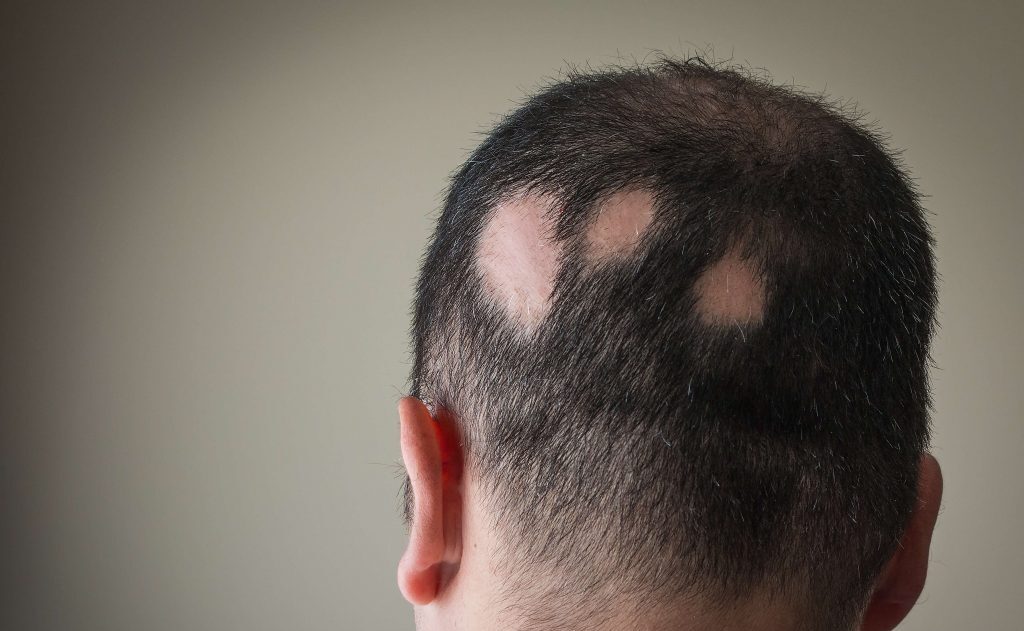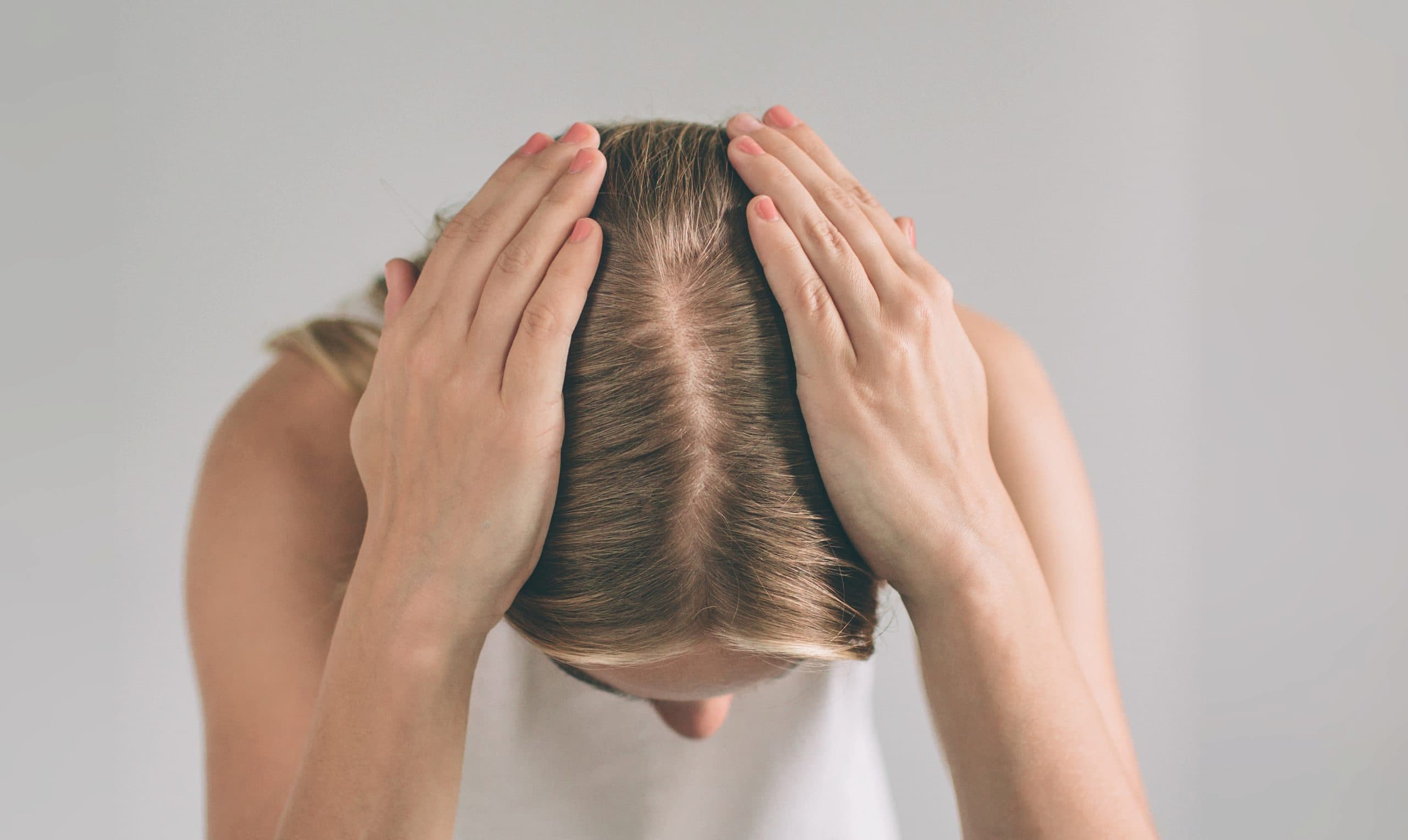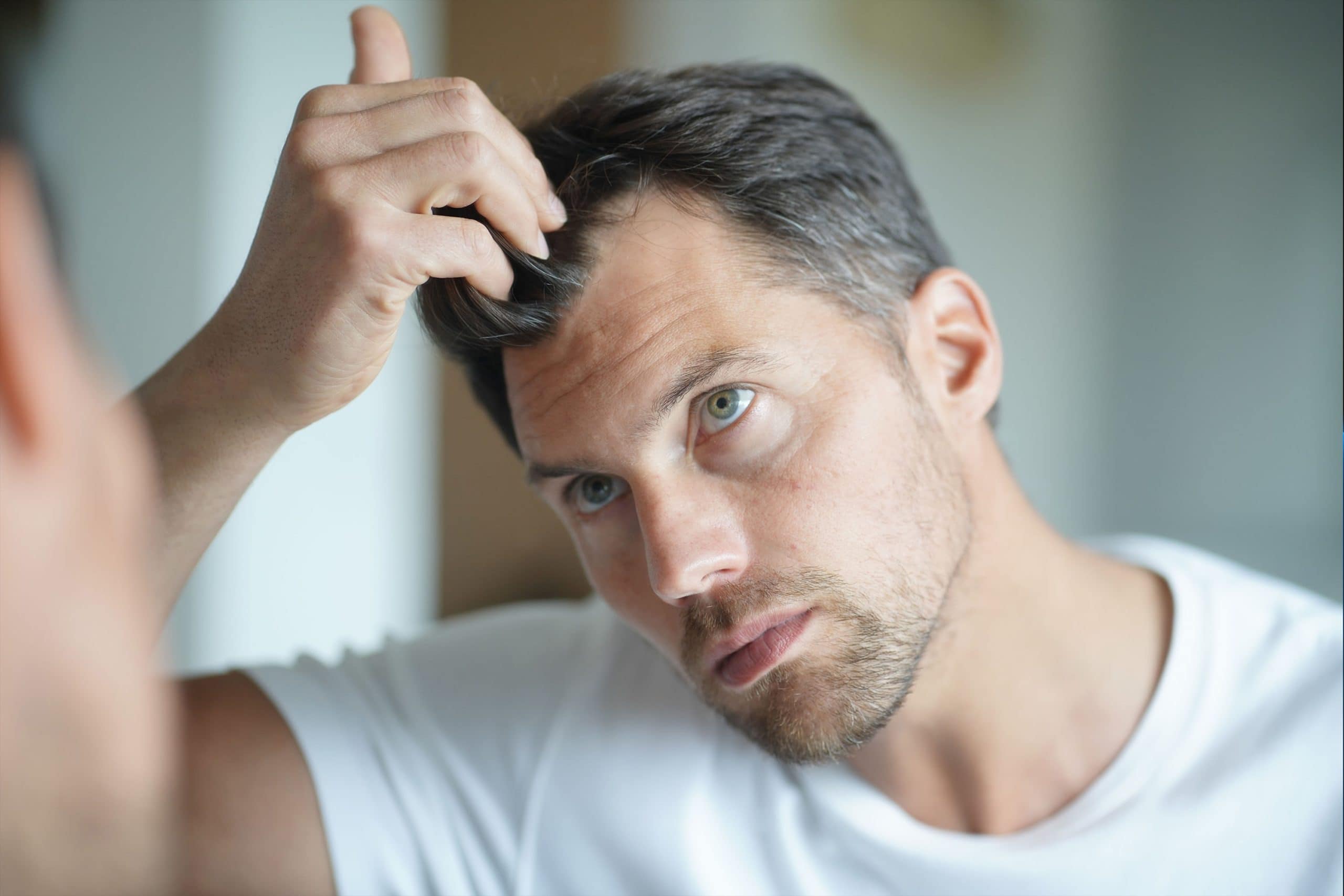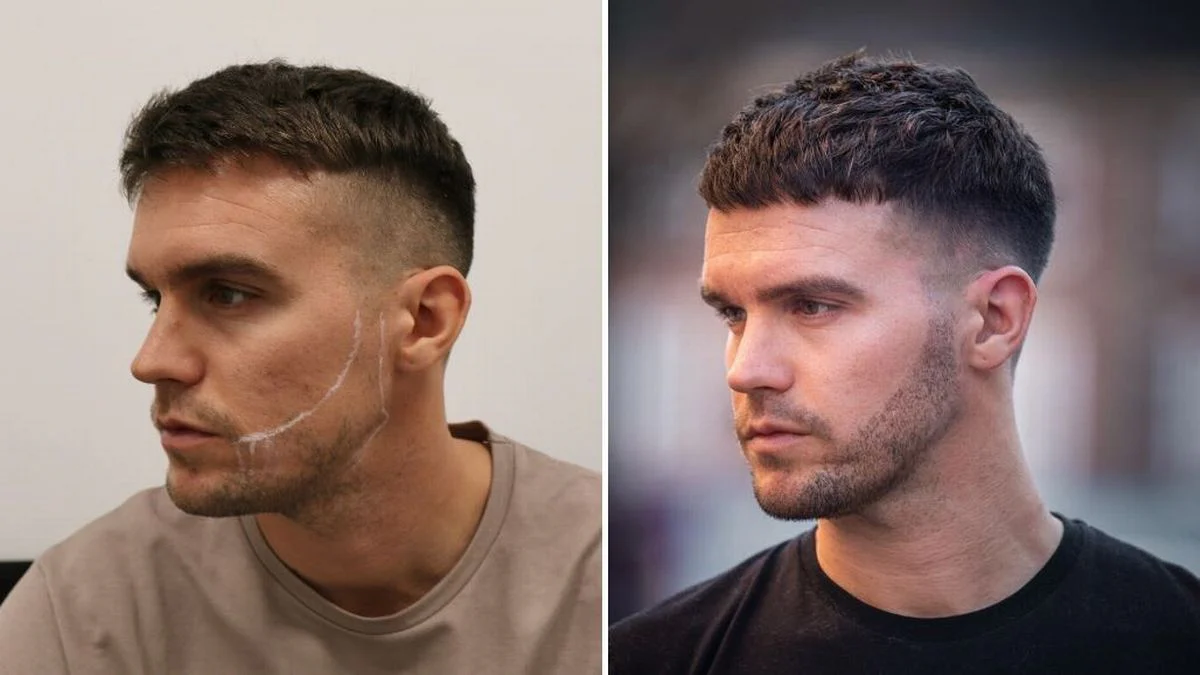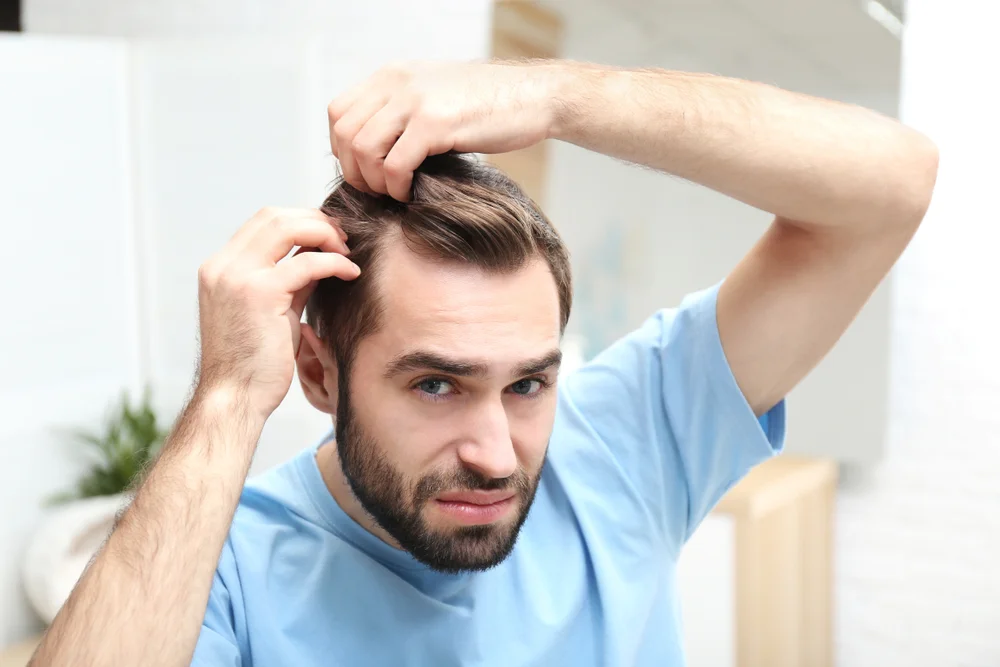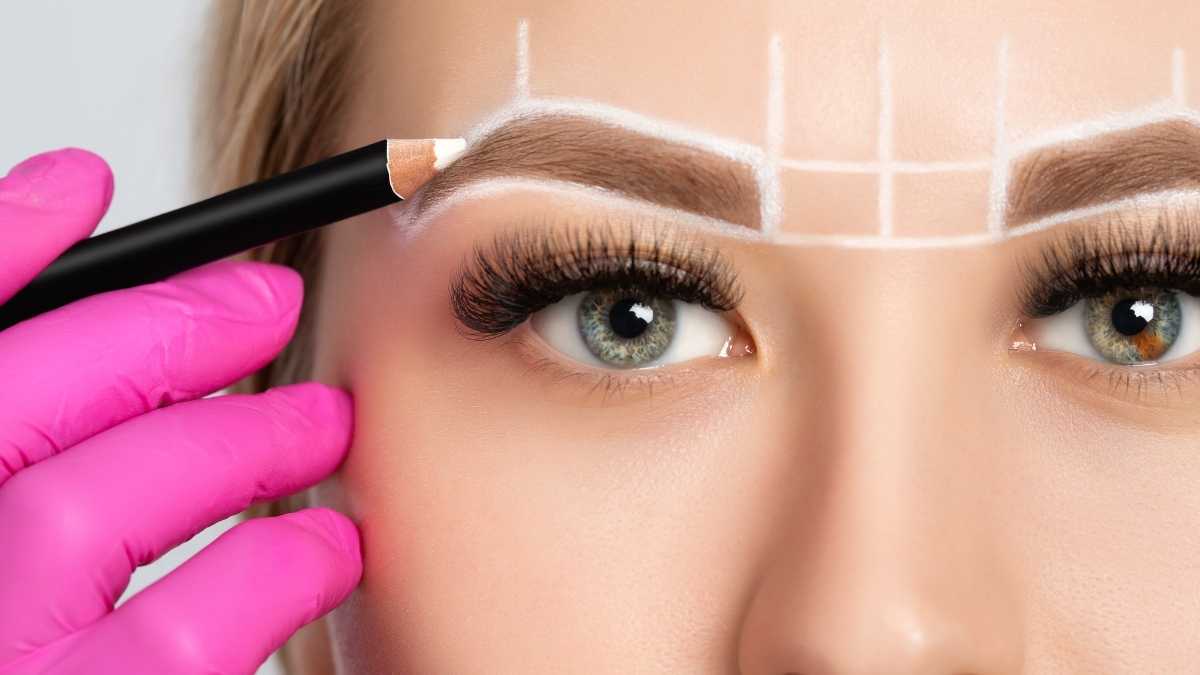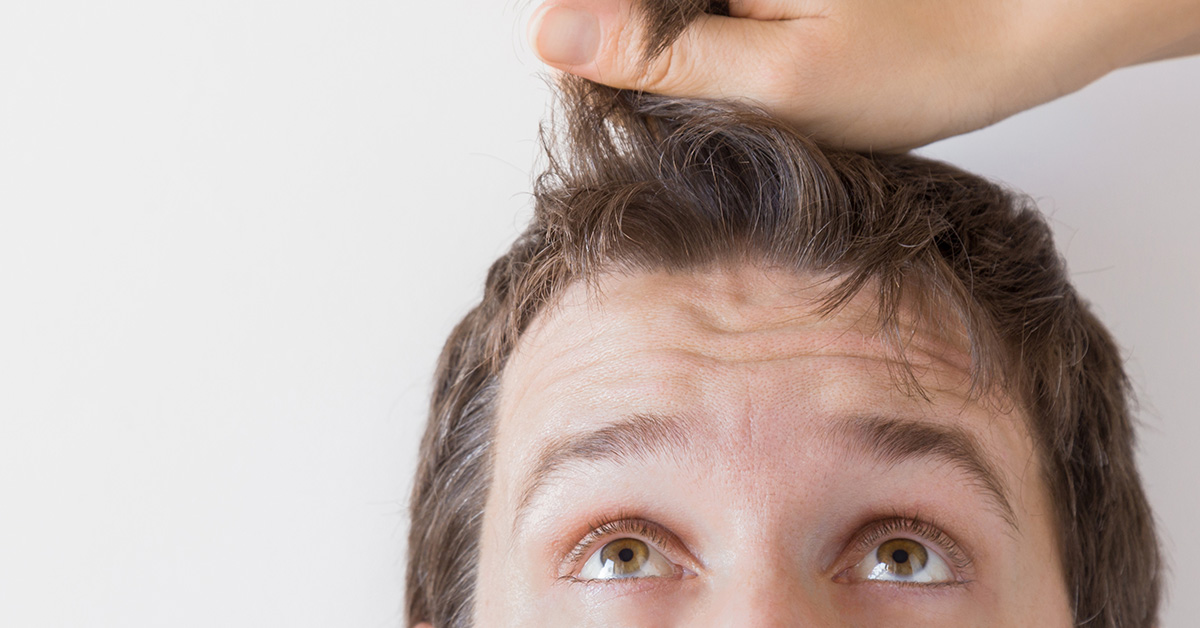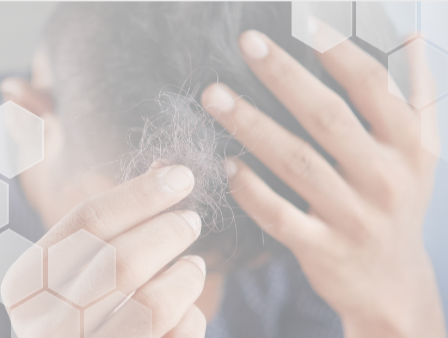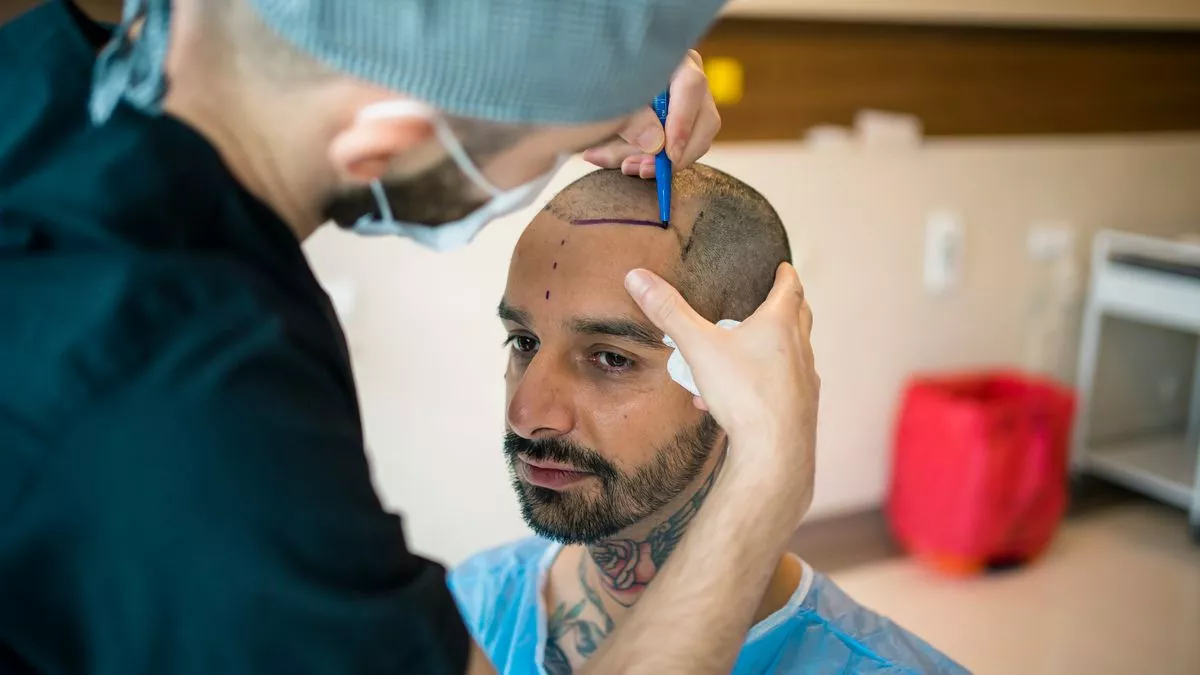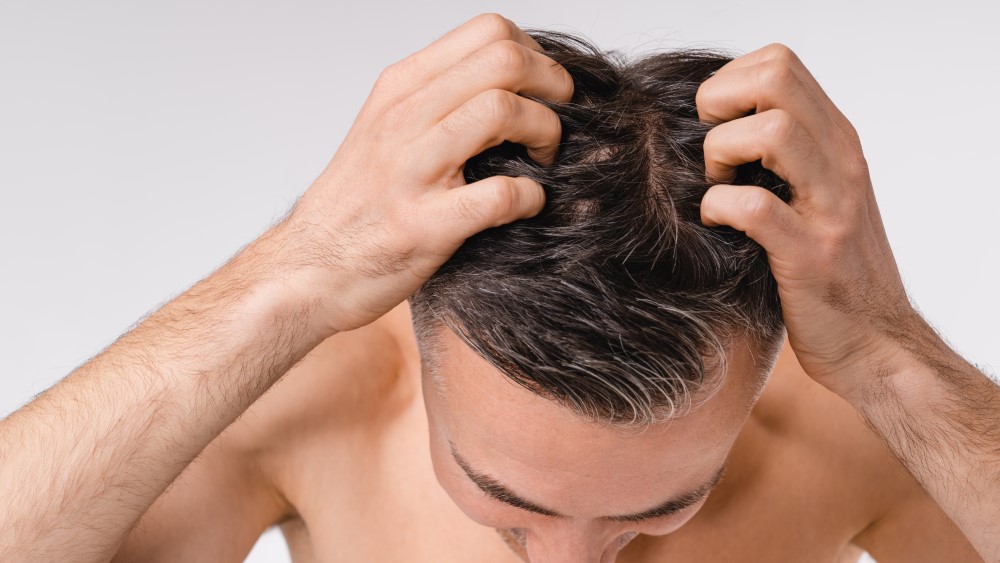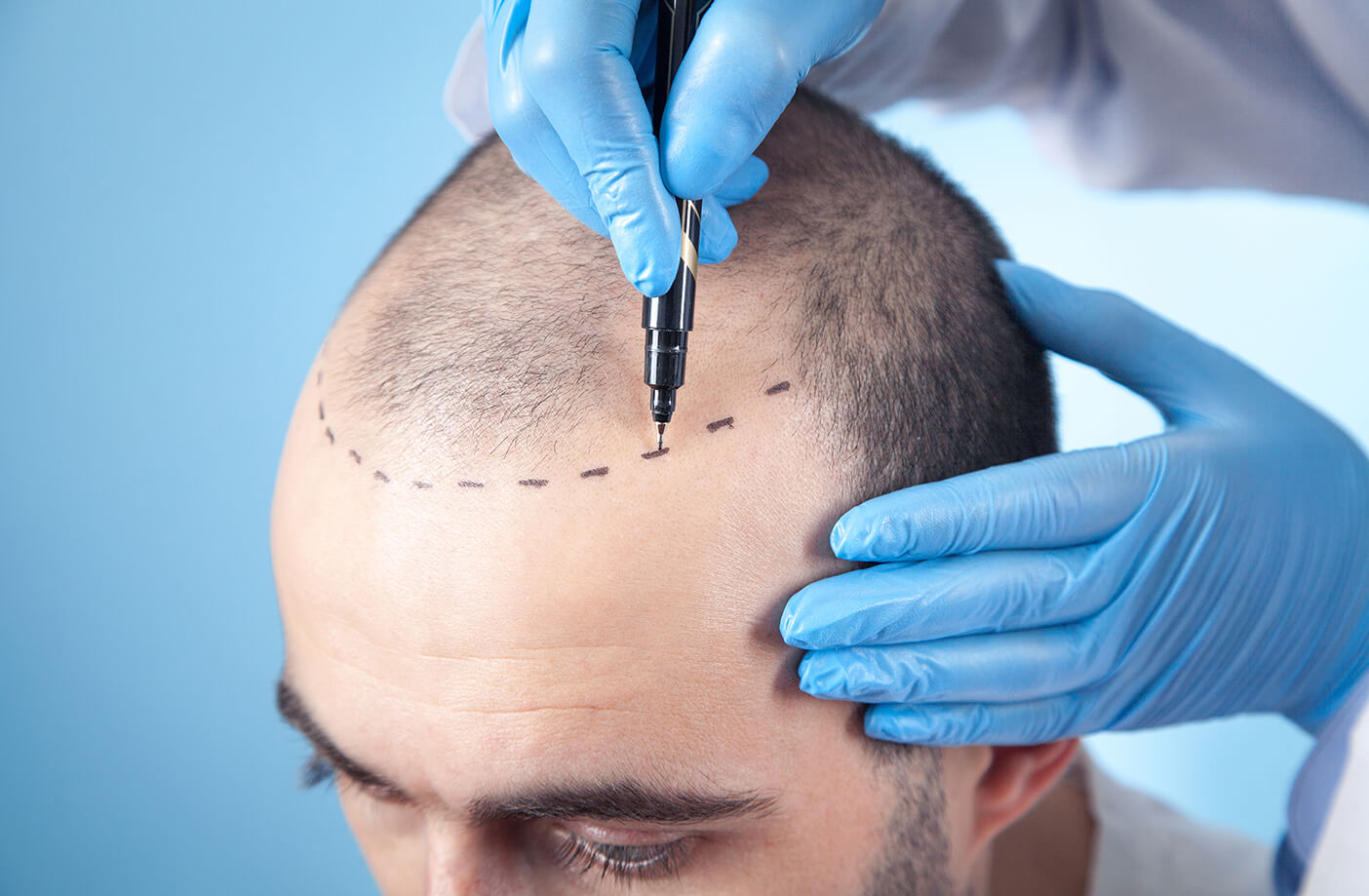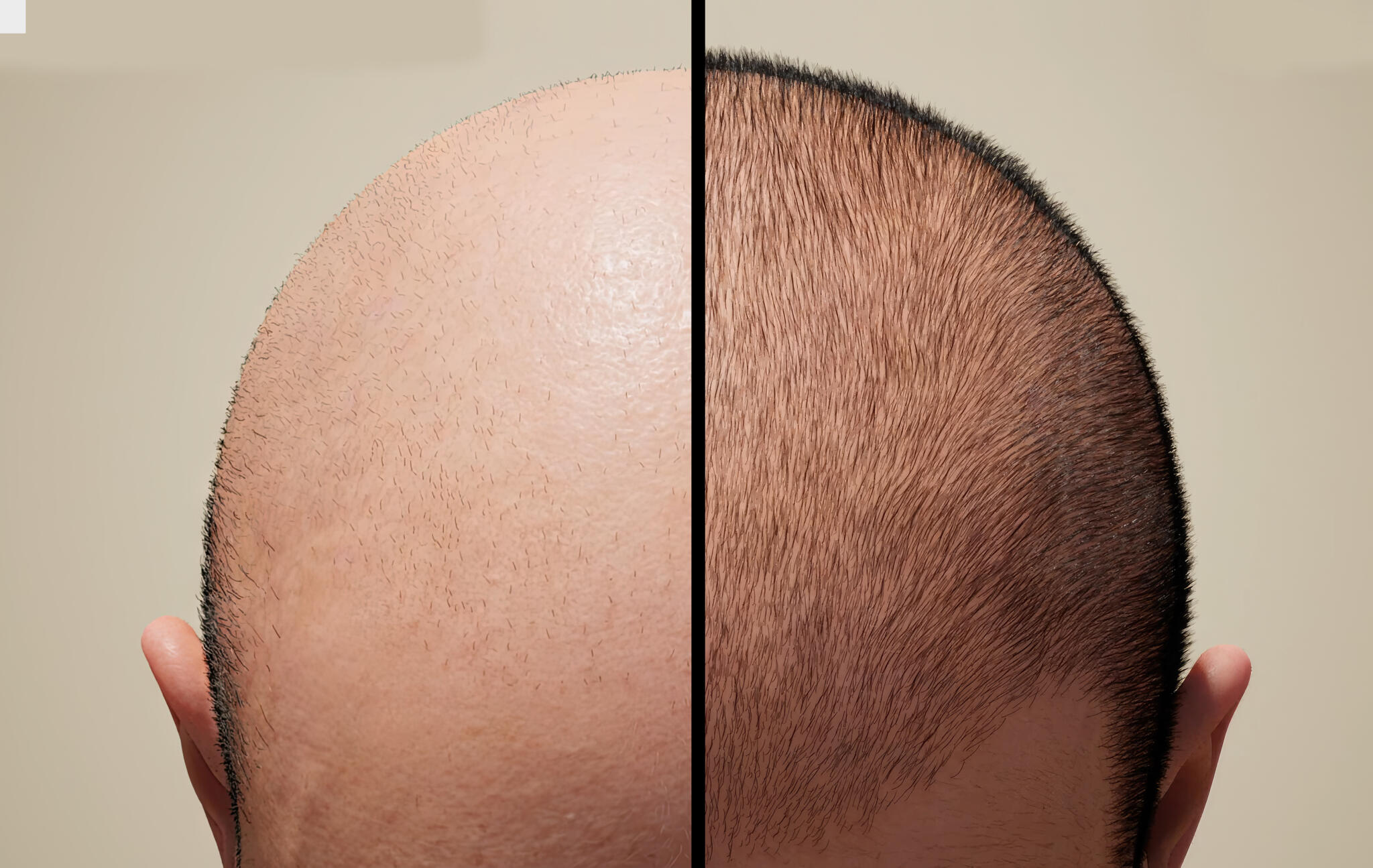Alopecia areata in men is a condition in which hair falls out in specific areas, forming clearly defined bald patches on the scalp or other parts of the body. The causes of alopecia areata may include autoimmune disorders, genetics, stress, and infections. The bald patches can vary in size, and the condition may either progress or enter remission.
The sudden appearance of bald patches can cause psychological distress. Therefore, it is important to consult a doctor at the first signs to prevent rapid progression. Treatment often involves medications to stimulate hair growth, reduce inflammation, and regulate the immune response.
Causes of Alopecia Areata in Men
The exact causes of alopecia areata in men are not fully known. However, the following factors may contribute to hair loss:
- Genetics: The risk increases if close relatives also have a history of alopecia.
- Autoimmune diseases: In many cases, hair loss is caused by the immune system attacking hair follicles, mistaking them for a threat. This immune reaction leads to follicle damage and hair loss.
- Chronic illnesses: Hair loss may occur due to endocrine, dermatological, or digestive disorders. It may also develop in patients with vitiligo, lichen planus, helminthiasis, anemia, arthritis, lupus, or sexually transmitted infections.
Additional contributing factors include:
- Head trauma
- Frequent stress
- Certain infections
- Regular contact with chemicals (acids, alkalis, salts)
Symptoms of Alopecia Areata in Men
The danger of alopecia areata lies in its sudden onset and rapid progression. Common clinical signs include:
- Sudden bald spots: Round or oval patches of hair loss on the scalp, beard, or other hairy areas.
- Changes in hair texture: Hair around bald patches may become brittle, thin, and break easily — a sign of active shedding.
- Itching or burning: Some men may feel discomfort or itching in the affected areas, potentially indicating upcoming hair loss.
- Nail changes: Small dents, ridges, or spots on the nails may signal immune system disturbances.
- Recurring or spreading patches: Hair loss may flare up again or expand, requiring prompt treatment to prevent further worsening.
Symptoms can vary based on the form of alopecia and the individual’s health. In some cases, patches merge to form larger bald areas.
Types of Alopecia Areata in Men
Different clinical forms of alopecia areata include:
- Localized: Hair loss is limited to a single area without spreading.
- Multifocal: Multiple bald patches appear, growing in number and size over time.
- Ophiasis: Hair loss follows the hairline along the sides and back of the scalp, forming a horseshoe pattern.
- Subtotal: The condition progresses with new bald patches forming and expanding in size.
- Total: All hair on the scalp falls out, and the scalp may appear pale, oily, and overly sweaty. Mustaches, eyebrows, and beards may also be affected.
Each form requires an individualized treatment strategy, as causes and progression vary significantly. While complete recovery may not always be possible, progression can often be halted, and remission achieved.
Diagnosis
Diagnosis is typically made by a dermatologist or trichologist after a visual exam. To determine the type and severity, additional tests may be ordered:
- Blood tests, including hormone levels (cortisol, testosterone)
- Trichoscopy: Microscopic examination of hair and scalp
- Tests for viruses such as mycoplasma, toxoplasmosis, and Epstein-Barr virus
Consultations with a psychologist, endocrinologist, or dermatologist may also be recommended.
Treatment of Alopecia Areata in Men
Treatment should be comprehensive, involving medications and physical therapy. Alternative treatments may also be used.
Alopecia treatment is a long-term process requiring continuous use of medication. Based on the type and cause, treatment may include:
- Immunosuppressants (e.g., cyclosporine, corticosteroids): These suppress the immune system to slow down the autoimmune response against follicles.
- Topical irritants (e.g., croton oil, chrysarobin, dithranol): These distract the immune system from attacking hair follicles.
- Contact dermatitis agents: Used to trigger localized immune responses that shift immune focus away from hair follicles.
- Minoxidil: Extends the growth phase of hair follicles and stimulates regrowth.
- Experimental treatments: Including cytokines and hormone-like drugs.
These are typically applied as creams or ointments to affected areas and may also be injected. Oral medications are prescribed in short courses due to potential side effects.
Additional therapies may include:
- Scalp massage: Improves blood flow and delivery of nutrients and medications to follicles.
- PRP (Platelet-Rich Plasma) therapy: Involves injecting platelet-enriched plasma from the patient’s blood to stimulate hair growth.
- Mesotherapy: Injecting cocktails of vitamins, amino acids, and enzymes into the scalp to nourish follicles and encourage growth.
- Laser therapy: Effective in early-stage hormonal or hereditary alopecia, especially when combined with medications. It strengthens follicles and stimulates growth.
Diet and supplements may also be prescribed. A balanced intake of vitamins A, E, D, B7 (biotin), zinc, and iron is essential for follicle strength. Hair growth supplements may also be recommended.
Hair Transplantation in Men
If other treatments are ineffective or if large areas are affected, hair transplantation may be recommended. This procedure involves transplanting the patient’s own hair follicles from healthy areas to bald spots.
Two common techniques:
- Follicular Unit Extraction (FUE): Transplants individual hair follicles with high success and minimal scarring.
- Strip Method (FUT): Transplants skin sections with follicles — faster but more invasive and may leave scars.
FUE is more time-consuming but has about an 80% success rate with minimal trauma and faster recovery.
Prevention of Alopecia Areata in Men
To reduce the risk of developing alopecia areata:
- Balanced diet: Avoid overly fatty, fried, smoked, or salty foods. Include zinc, vitamin A, vitamin C, and B-complex vitamins in your meals.
- Stay hydrated: Water is crucial for healthy hair.
- Healthy lifestyle: Avoid smoking, alcohol abuse, and chronic stress. Stay physically active to boost metabolism and immunity.
- Proper hair care: Use dermatologist-recommended hair care products if you’re at risk for hair loss.
If you notice signs of hair thinning or bald patches, don’t delay. Early intervention greatly improves treatment outcomes. Schedule a consultation at our clinic by phone or via the online form.
